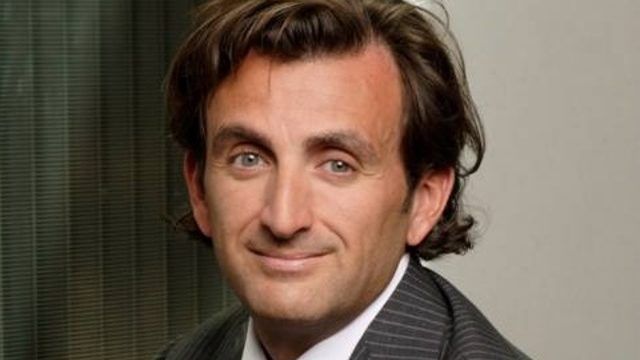Chemouny, former executive vice president of international institutional sales at Natixis, was appointed head of Asia-Pacific, effective in early September.
He told FSA that his firm is working on a strategic plan to boost AUM to $100bn by 2020 from $50bn today. Growth will be accomplished organically – by developing new distribution channels and bringing in new clients – through acquisitions and through partnerships with other asset managers.
Natixis runs a multi-affiliate strategy. It has about 25 affiliates, mainly based in the US and Europe, which bring the firm investment capability in the respective regions. Among them are Harris Associates, Loomis Sayles, H2O and Emerise, an asset manager that opened a Singapore office in 2015.
However, he admitted the firm lacks broad product offerings in Asian equity and Asian fixed income.
According to FE, the firm has 30 affiliate-managed funds authorised for sale in Hong Kong and Singapore. Only two are Asia focused: the Natixis Emerise Asia Equity and the Natixis Emerise Pacific RIM Equity.
To add more Asia expertise, the firm is looking at local acquisitions. “A local player that may have a significant market share and be able to distribute Natixtis’ products in its market,” Chemouny said.
In terms of partnerships, Natixis is looking for asset managers with a relatively strong network with local banks or insurance companies.
Wholesale investor base
The institutional investor base makes up about 85% of Natixis’ Asia-Pacific assets. Chemouny said the firm sees opportunity in addressing the region’s wholesale market, notably private banking clients.
In terms of investor appetite within the region’s HNWIs, he believes demand has been shifting to uncorrelated alternative assets, such as hedge funds and private equity, from traditional assets, driven by the hunt for yield.
“The current low-yield environment is definitely a problem for all types of investors.”
The 10-year US Treasury yield trended downward to reach 2.05% on 8 September, from 2.62% in mid-March, amid concerns about the dovish stance of the Fed and the implementation of fiscal stimulus policies in the US.
“Volatility in equity markets would also be an issue [for diversifying to alts],” he said, adding that tensions in North Korea caused a spike in the volatility index in August.
The three-year performance of the two Natixis Emerise funds focused on Asia versus their benchmarks – the Asia Equity (MSCI AC Asia ex Japan IMI) and the Pacific Rim Equity (MSCI Pacific Free ex Japan):


















